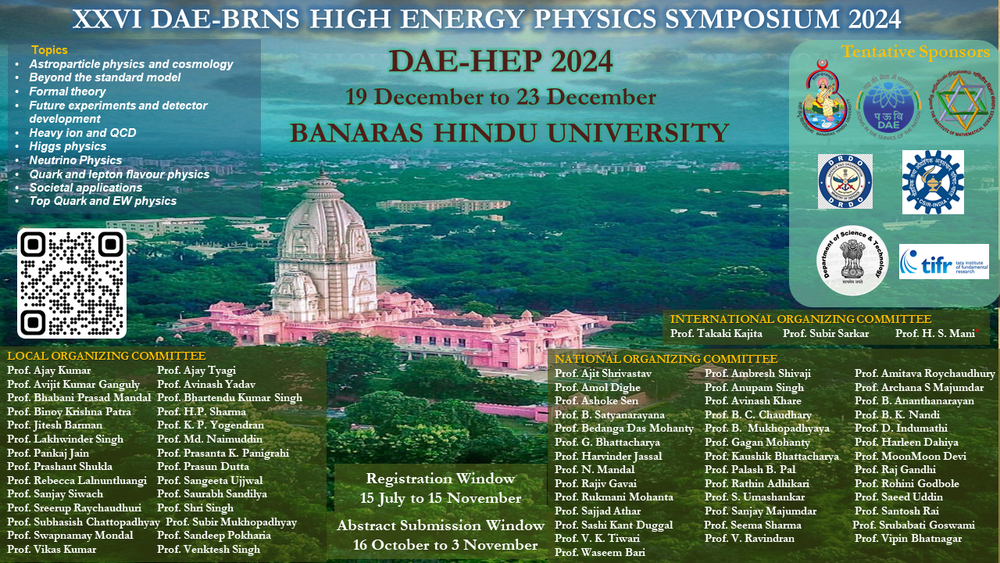Speaker
Description
The CMS Collaboration is preparing to build replacement endcap calorimeters for the High-Luminosity phase of the LHC. The new high-granularity calorimeter (HGCAL), as its name suggests, is a very fine-grained sampling calorimeter. It is made up of 47 layers of absorbers, mostly made of lead and steel, and active elements, namely silicon sensors in the areas with the most radiation and scintillator tiles with on-tile SiPMs in areas with less radiation. The front 26 layers constitute an electromagnetic section and use silicon as an active medium. Each of these layers is built using Silicon modules, which comprise a stackup of a thermally-conductive CuW baseplate, a silicon sensor, and a front-end readout board. A layer of Kapton foil is added between the baseplate and sensor to electrically insulate the baseplate. Our group at TIFR is involved in the development of silicon detector modules for the electromagnetic section of the HGCAL. The module assembly is performed with a precision gantry system, and automated wirebonding of individual cells of the silicon sensor to the bonding pads on the readout board is done with an ultrasonic wire bonder. In this presentation, we will describe the design of such detector modules, the assembly procedure, and delve into the tasks involved in assembling and testing these modules at a Module Assembly Center.
| Field of contribution | Experiment |
|---|

